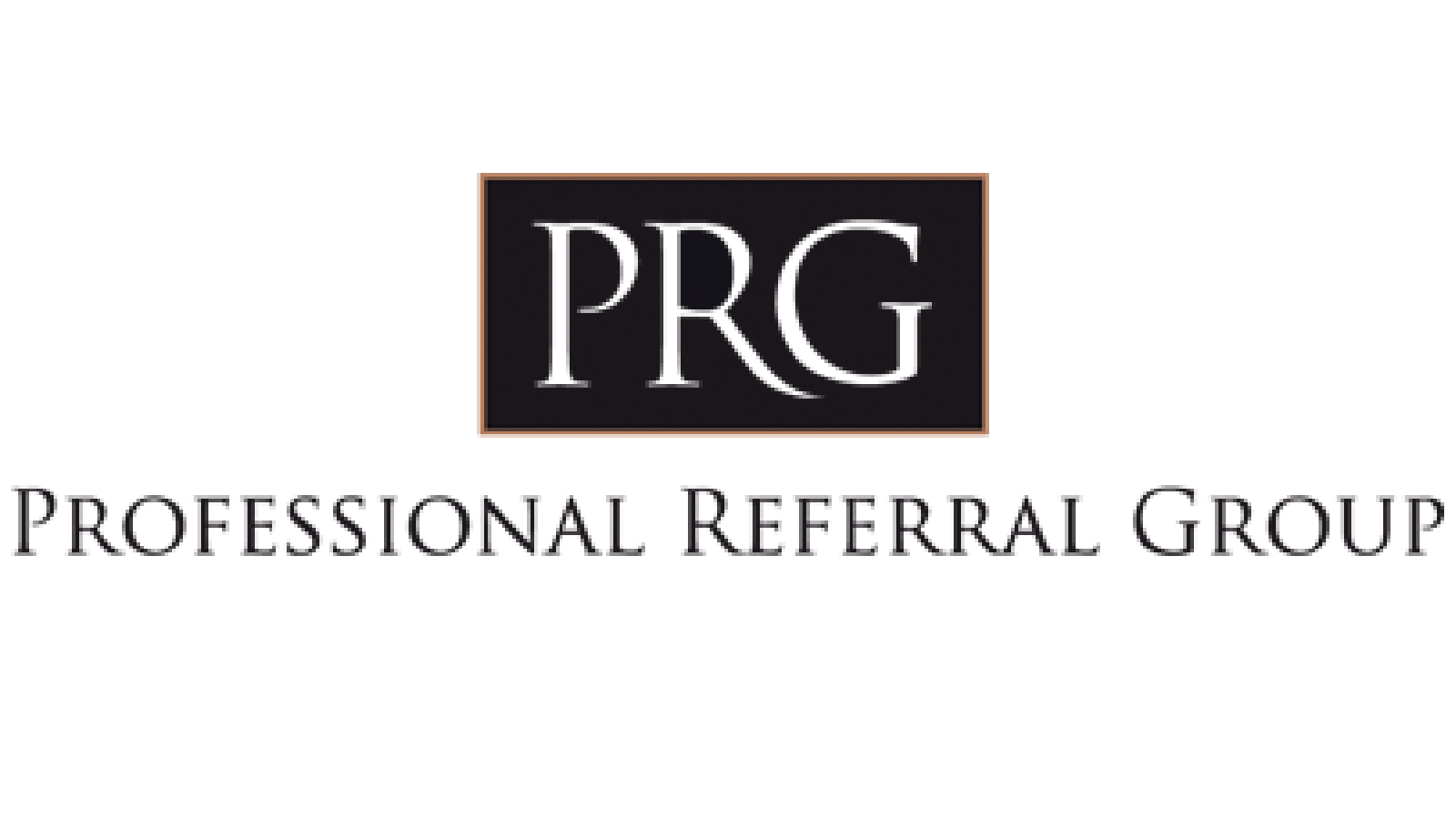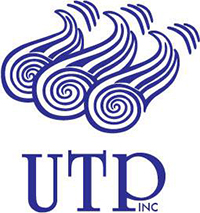We all know asset allocation is important — but did you know asset location is?
Asset allocation is the mix of different types of assets (asset classes) you own. For example, a typical balanced asset allocation may include 60% equities and 40% bonds.
Asset location is where you hold those assets – for example, within a non-registered account or a registered account such as a Registered Retirement Savings Plan (RRSP), Registered Retirement Income Fund (RRIF), or Tax-Free Savings Account (TFSA).
The reason asset location matters is that non-registered and registered accounts have very different tax treatment. Investment income in a non-registered account is generally taxable in the year it is earned, while investment income in a registered account is sheltered from tax either until money is withdrawn (in the case of an RRSP or RRIF) or forever (in the case of a TFSA).
At the same time, different financial assets generate different types of investment income, such as capital gains, dividends and interest. Each of those types of income is subject to different tax treatment.
Only 50% of capital gains are taxable, and capital gains (when an asset rises in value after you buy it) can be offset by capital losses (when the opposite happens). As a result, capital gains enjoy a very favourable tax treatment.
The taxation of dividends gets a bit more complicated, but the bottom line is that eligible dividends from Canadian publicly traded corporations are also subject to preferential tax treatment, and are taxed more favourably than interest income. Interest is fully taxable so it’s the least tax-efficient type of income. Every dollar of interest you earn in a non-registered account is subject to tax at your marginal tax rate — which combines federal and provincial rates and depends on your income.
All of this means that where you hold certain types of assets — whether that’s inside a non-registered or registered account — can make a significant difference to the amount of tax you pay on investment income.
Because non-registered accounts offer no protection from taxation, it makes sense to use them to hold investments such as stocks that generate the most tax-efficient forms of investment income: capital gains and dividends. Meanwhile, registered accounts are a perfect place to keep investments such as bonds and guaranteed investment certificates (GICs) that generate the most highly taxed type of investment income: interest.
As long as your overall asset allocation remains appropriate for your specific circumstances – including your risk tolerance and when you plan to access your money – choosing to concentrate certain asset classes in certain accounts won’t have an impact on your overall ability to meet your financial goals.
Generally, it’s best to implement a strategy that takes asset location into consideration gradually, rather than all at once. There are immediate tax consequences (a deemed disposition) when you move assets into a registered plan, and also when you withdraw from a registered account such as an RRSP or RRIF. It’s definitely worth considering, however, when you’re deciding how to allocate new contributions to either non-registered or registered accounts.
Together, including working with your tax professional, I can help you build a financial strategy that minimizes tax using strategies such as asset location, while maximizing your ability to achieve a secure future for yourself and your family.
Edward Jones, its employees and financial advisors are not estate planners and cannot provide tax or legal advice. You should consult your estate-planning lawyer or qualified tax advisor regarding your situation.
This article was written by Edward Jones for use by your local Edward Jones Financial Advisor, Nicolle Lalonde.
 Back to myNiagaraOnline
Back to myNiagaraOnline
































